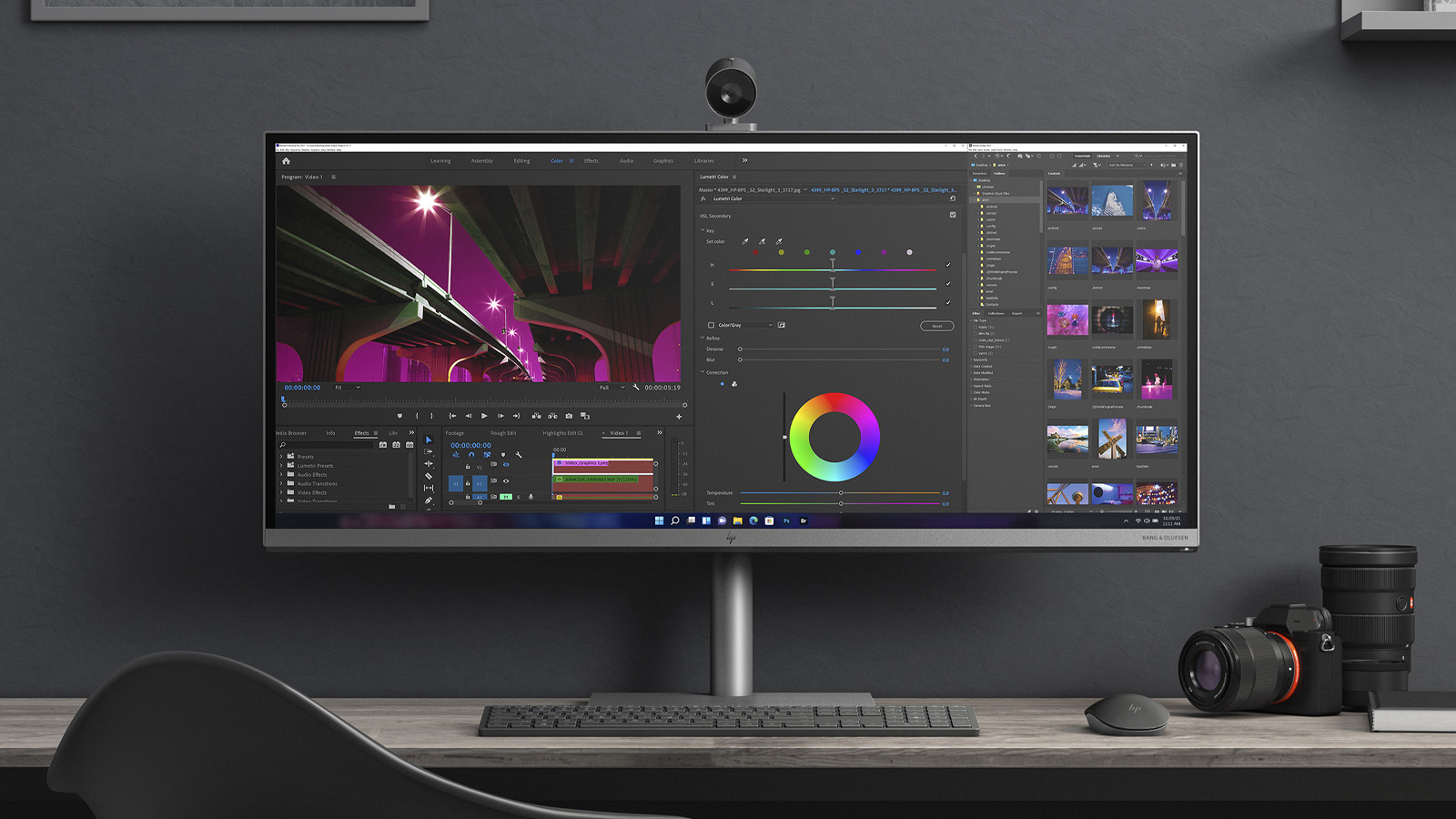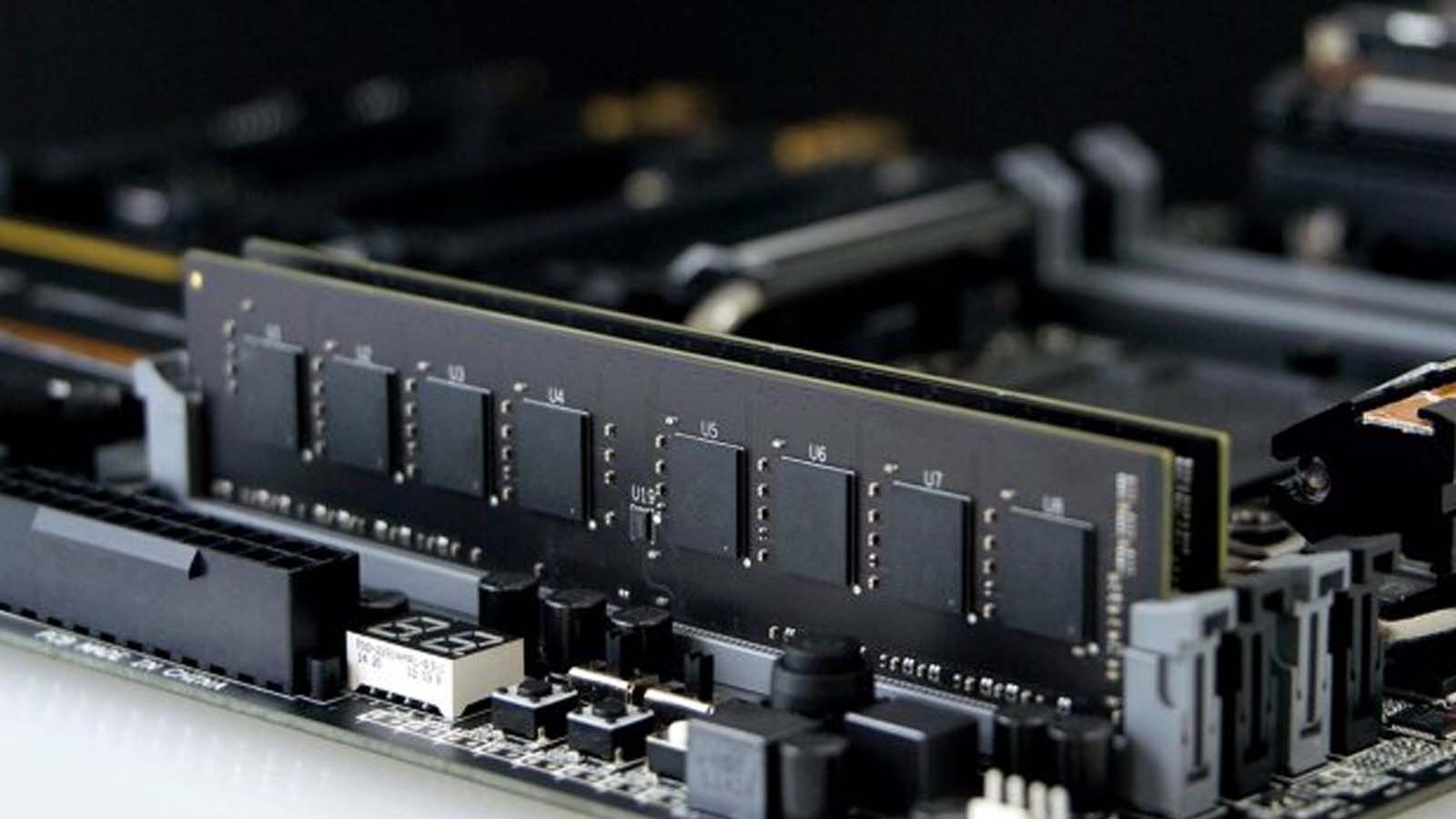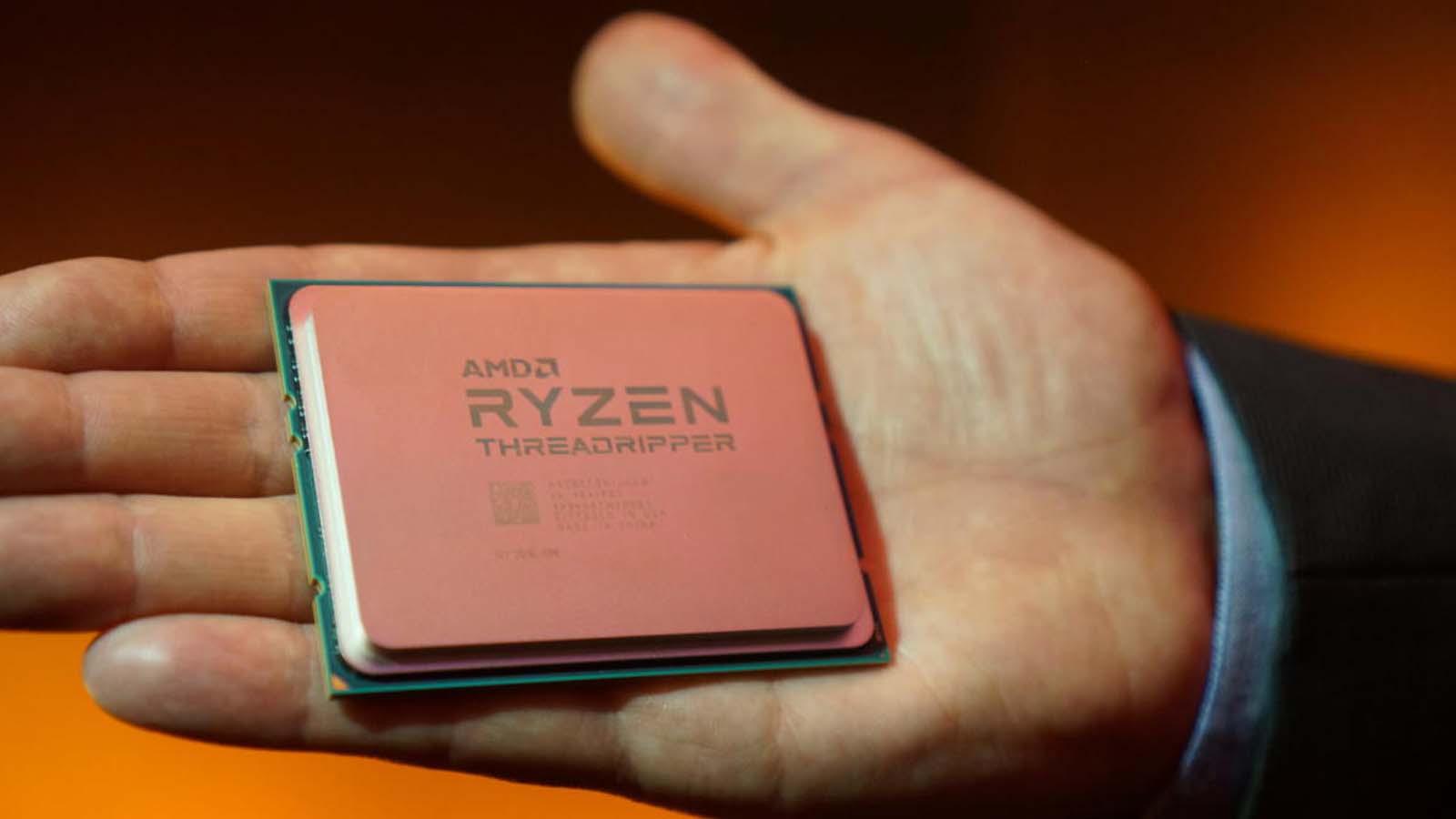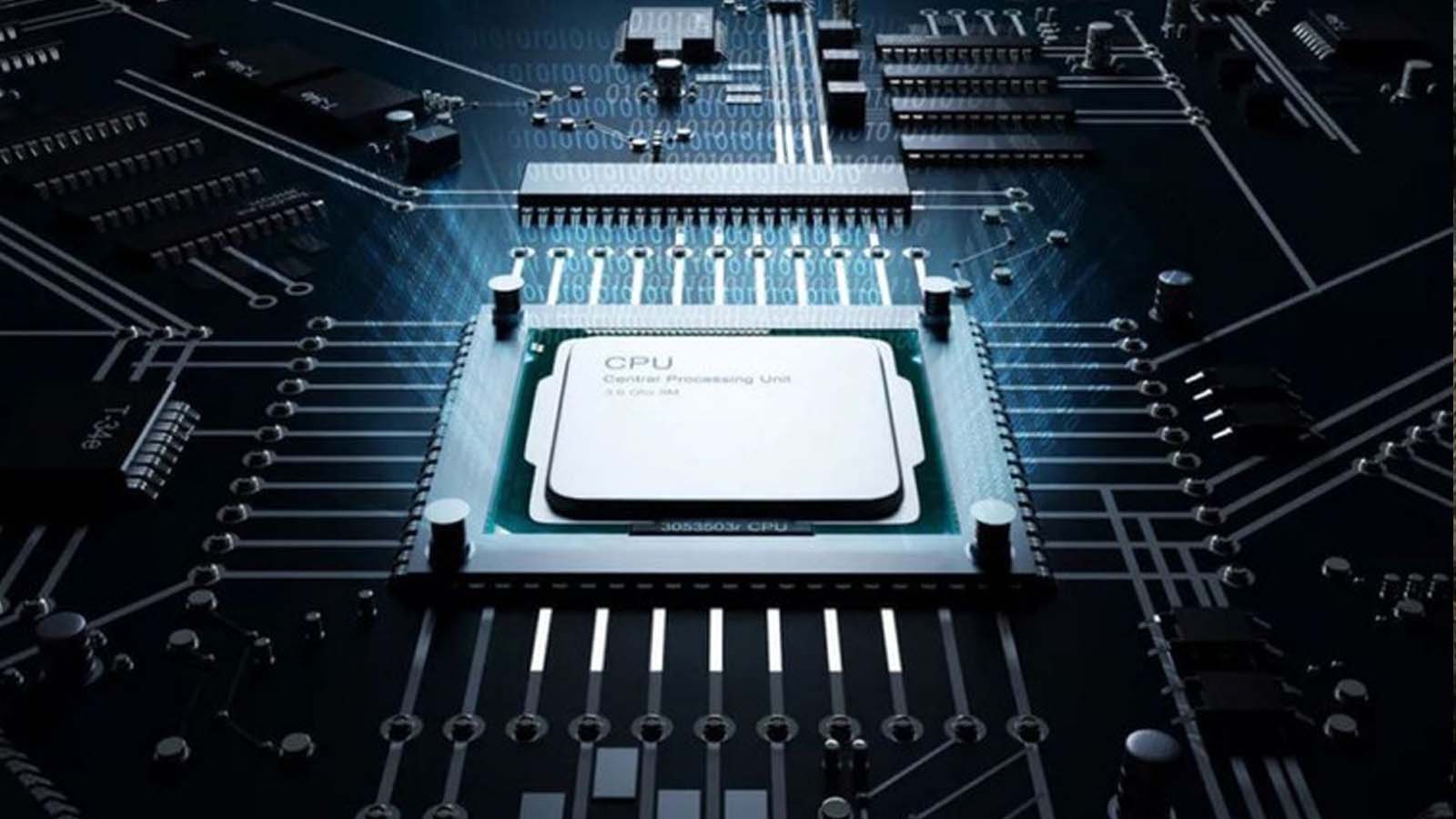PS5 and Xbox Series X GPU Specs Leaked: How Powerful Will the Next Generation Be?
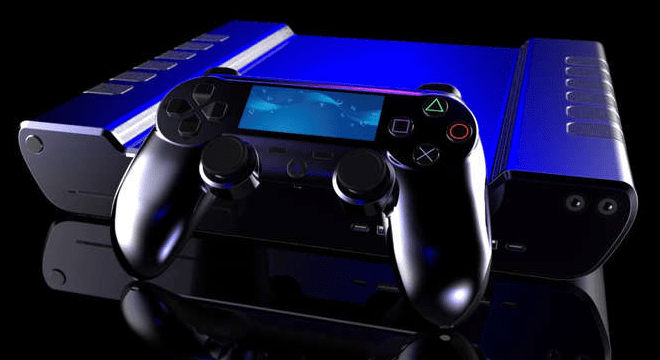
The scale of this latest leak is astonishing, and the origin of the new information seems even more far-fetched than the CPU story. Gonzalo, leading many to believe that the whole thing could be a work of fiction. However, after taking a look at the situation and independently verifying the source, the smoking gun is that the data does indeed come from AMD - and has not been verified. We don't exactly have critical context, but there's no reason to doubt the leak's authenticity.
As far as I can tell, someone in AMD's ASIC validation team used GitHub to store internal test data snippets from a number of Team Red's in-progress projects. The leaks include testing of next-gen Ryzen desktop and mobile APUs, as well as some in-depth tests on the PS5 chip, now codenamed Oberon. Although the data is not publicly available, it is clear that the GitHub test data is long gone: for example, the details due to the leak mentioned in this article are discussed in detail at ResetEra .
My understanding is that this data was first saved to GitHub about six to seven months ago. The source seems to have been raised back in August. While this may indicate that the testing data does not reflect the current specifications of the next generation console, it is important to remember that the development of a microprocessor of the complexity we are talking about here tends to be multi-year. Testing and validating a chip to make sure it meets performance targets and that it's being debugged is a lengthy process in itself, and changes to the chip's architecture are unlikely at this stage. Clock speed or accompanying memory tuning is possible, but we have a timeline that suggests that Sony has already made the decision to increase the GPU clock speed by the time the benchmarks are leaked.
| PlayStation 5 (not confirmed) | PlayStation 4 Pro | PlayStation 4 | |
|---|---|---|---|
| Processor | Eight Zen 2 cores with SMT – hours undisclosed | Eight Jaguar cores @ 2,1 GHz | Eight Jaguar cores @ 1,6 GHz |
| GPU | 36 Navi user compute units at 2000 MHz | 36 GCN user compute units at 911 MHz | 18 GCN compute units at 800 MHz |
| Memory | GDDR6 at 448 GB/s (possibly 512 GB/s) – capacity undisclosed | 8GB GDDR5 @ 218GB/s | 8GB GDDR5 @ 176GB/s |
A Gonzalo leak back in April suggested that the PlayStation 5 would have a Zen 2-based CPU clocked at 3,2GHz, paired with a Navi graphics core clocked at 1,8GHz. Slightly less concrete evidence related to PCI Express IDs suggests that AMD is calling the GPU "Navi 10 Lite", which largely indicates that the GPU will have the same 40 compute units as the Navi 10 part on PC base found in the RX 5700, and the RX 5700 XT (with four CUs likely disabled to improve production line yield). Test leaks in recent days don't tell us anything about the CPU component, but do confirm 36 available compute units running at 2,0GHz - which, while not confirmed, would give us 9,2 teraflops of GPU power for the PlayStation 5. at this point that would be unforgivable for me not to mention the performance from Navi teraflop is vastly improved over older generation GCN counterparts.
The leak also suggests that the PlayStation 5 uses GDDR6 memory - just like the RX 5700 series Navi cards in the PC space. The rated throughput is 448 GB/s, but some tests show that throughput can reach 512 GB/s. This could indicate that 14Gbps GDDR6 is being upgraded to 16Gbps on the same 256-bit memory interface, or it could simply be a case of improved internal cache performance. Upgrading to premium memory could very well push the PlayStation 5's balance between price and performance, but of course Sony hasn't upgraded RAM in the past.
So how can we be sure that this processor is actually a semi-custom AMD product for Sony. The downside is the fact that the GPU can be switched to three different modes to ensure hardware backwards compatibility with the PS4 and PS4 Pro. While the 2,0GHz clock speed is used for the so-called fully unlocked "native" or "Gen2" mode, the processor is also tested in the so-called Gen1 and Gen0 modes. The former is clearly stated to run with 36 compute units, a 911 MHz core clock, 218 GB/s memory bandwidth and 64 ROPs - the exact specs of the PlayStation 4 Pro. The latest Gen0 mode cuts the number of CUs and ROPs in half and runs at 800 MHz, which is the same as a base PS4. Signs that back-compat is an integral part of the flint.
| Xbox Series X (not confirmed) | Xbox One X | Xbox One/Xbox One S | |
|---|---|---|---|
| Processor | Eight Zen 2 cores with SMT – hours undisclosed | Eight Jaguar cores @ 2,3 GHz | Eight Jaguar cores @ 1,75 GHz |
| GPU | 56 Navi custom compute units at approximately 1700 MHz | 40 GCN user compute units at 1172 MHz | 12 GCN Compute Units at 853 MHz / 914 MHz (S) |
| Memory | GDDR6 at 560 GB/s – capacity undisclosed | 12GB GDDR5 @ 326GB/s | 8GB DDR3 @ 68GB/s (plus ESRAM) |
If the leak is related to the base specification of the PlayStation 5 GPU, then where is the info about what the Xbox Series X will have? As far as we understand, documents are made up of fragments from a much larger set of data that we cannot see. There is mention of the Arden processor, which is a highly likely candidate for flint in the Xbox Series X. Also, Sony and Microsoft's semi-custom designs can be tested differently with a different set of criteria.
In response to the leak, there was an argument suggesting that the PS5 specs are invalid because there is no mention of hardware accelerated ray tracing, while Arden has confirmed this (along with VRS - variable rate shading). However, the documentation for both processors is very different and cannot be directly compared. Many of AMD's benchmark tests for the PS5 'Oberon' processor are leaked, while the Series X data is best described as somewhat spotty in comparison.
With caveats in mind, the rare details in the leak include mention of 3584 shaders, which could translate into a frankly huge processor with 56 active compute units. There's no indication of clock speeds in the data, but if we assume the goal is 12 teraflops, 1680 MHz gives 12TF on the nose, and a round 1700 MHz delivers 12,2 TF. If Microsoft were aiming below 12TF, the shader count would be much lower and the flint itself would be significantly cheaper to produce - in fact, it would likely look closer to the PS5 configuration. An AMD leak appears to confirm 560GB/s memory bandwidth for the Arden chip. It's an interesting figure, especially if we go back to the Project Scarlett teaser demo at E3, which appears to show off both 6GB and 1GB GDDR2. Maybe we'll look at a hybrid memory interface with some modules using a 256-bit interface with others on 64-bit. It's something of a mystery that will hopefully be solved when Microsoft shares the official specification
At first glance, the AMD leak confirms a number of specs and brings out a few more. To begin with, it became clear that Microsoft designed the Series X to push the limits of console design beyond established norms for maximum performance. If the structure of the processor for 56 computing units is confirmed, the cost will at least open the eyes. Based on what we've seen in the RX 5700 series, adding 50% to the number of shaders and adding an eight-core 2 Zen CPU cluster to that (along with other "non-core" items like the display controller and media engine) suggests a processor much more than expected. This leak makes the Series X chip even more monstrous than I expected, but given that, how expensive will it be?
Meanwhile, the leaked PlayStation 5 specification points to a device with a greater balance between price and performance. Assuming we're looking at an implausible 16GB GDDR6 and 1TB SSD, it's still an expensive device, but compared to the monstrous X-series, it's obviously more likely to hit the $399 magic price. 4 and PS4 Pro served so well. On the surface, Microsoft has a more powerful machine, but some might say that in the console space, price is paramount.
However, I am clearly aware that specifications require context. I still remember an article about a conversation with PS4 system architect Mark Cerny prior to the launch of the PlayStation 4 Pro. He emphasized the importance of customization in processor design, and while there are indications and benefits we can take from existing PC Navi hardware when evaluating this leak, Czerny and his team at SIE will be encouraged by the success of the more modest and efficient Pro design and keep their weaknesses.
And direct comparisons to existing Navi PC hardware can only go so far. The fact that hardware accelerated ray tracing is confirmed for the PS5 also clearly demonstrates that Sony had the same access to future AMD features as they did with the PS4 Pro. None of these features are essential for testing leaks, but that doesn't mean they aren't there, especially when Mark Czerny says they are.
It's also worth re-emphasizing that rare details have leaked regarding the next-gen Xbox - there are hints at two processor designs for the Lockhart and Anaconda units, but there's nothing conclusive about what separates them. In fact, I understand that there are absolutely no details for the cheaper Lockhart box other than a potential codename for the processor (Sparkman - again, this is unconfirmed). In fact, the fact that we can't say much about the Series X due to this leak speaks volumes about a high-end, premium console that's practically begging for some kind of cheaper, mass-market stable - and with that in mind, it's curious what's in this chip there is nothing significant.
Overall, this latest next-gen leak is exciting and potentially fills in some gaps - but it's definitely limited in scope. The Xbox data raises more questions than it answers in several respects, and while the PS5 data is more complete, the point is that all we really have is more of a block diagram of a single processor component. And let's not forget that developers achieved results from current-gen consoles that simply weren't matched by Radeon-equivalent hardware. What we do know is that both machines are targeting a 2020 launch, and if we look at the time frame of how the PlayStation 4 and Xbox One were unveiled back in 2013, we shouldn't have too much time to wait for more concrete results.
 Thank you very much!
Thank you very much!



